Quote the full content of the article. Doctors of the Department of Nephrology and Urology at TCI have successfully treated a complex case of multi-location stones in both kidneys and ureters, including large coral stones, using a combination of three advanced endoscopic lithotripsy techniques, without open surgery. The challenge of stones existing in many locations in the urinary system According to many statistics, the rate of people with urinary stones in Vietnam accounts for 2-12% of the population, in which stones are scattered in many locations and many stones are quite common. However, the case of Mr. KBP (53 years old, Hanoi ) is especially noteworthy when the stones are in many locations, the number of stones is large and the size is outstanding, appearing simultaneously in both kidneys and both ureters - which is less common than the common cases of stones that only occur on one side of the urinary system. Mr. P. was hospitalized with symptoms of right flank pain suspected to be caused by right kidney stones. However, the diagnostic results showed a more serious condition. The right kidney had grade II hydronephrosis, many stones were scattered throughout the ureter, the largest of which was 15x5mm in size, along with other small stones in the kidney. In particular, Mr. P.'s left kidney also had a large coral stone measuring 38x29mm in the renal pelvis, along with many renal calyx stones measuring 13x7mm. This condition caused the left renal pelvis to dilate to 13mm. 
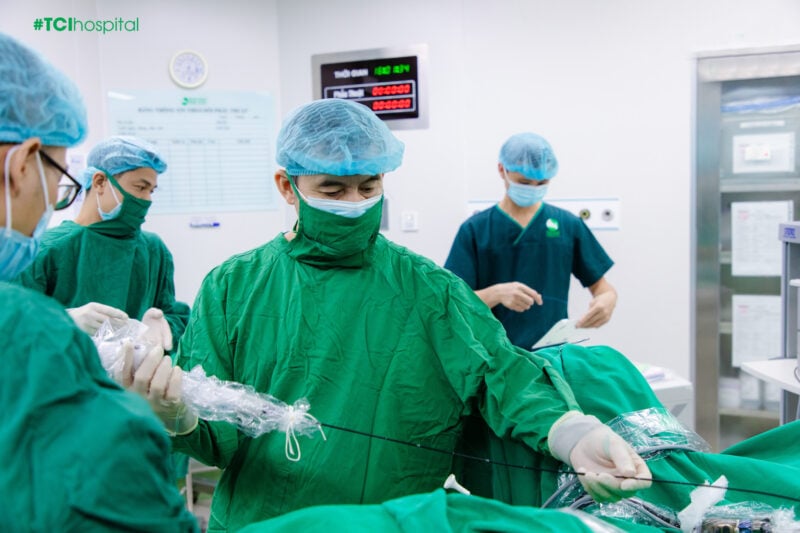
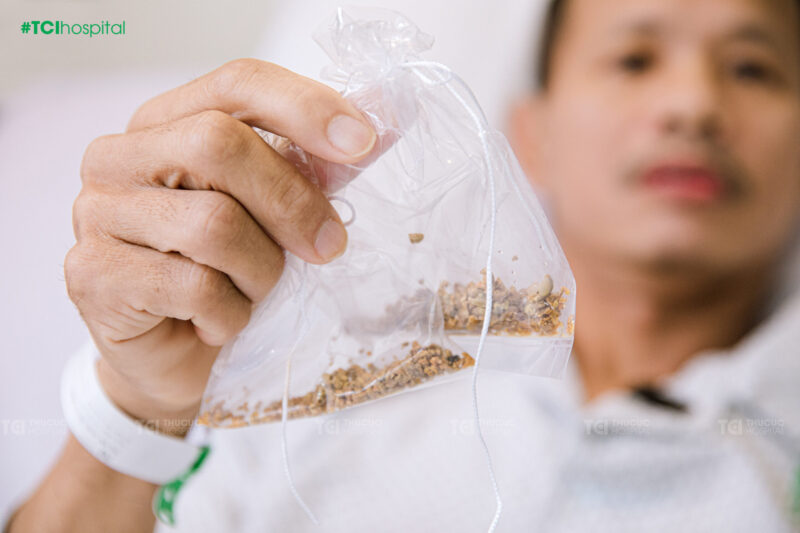
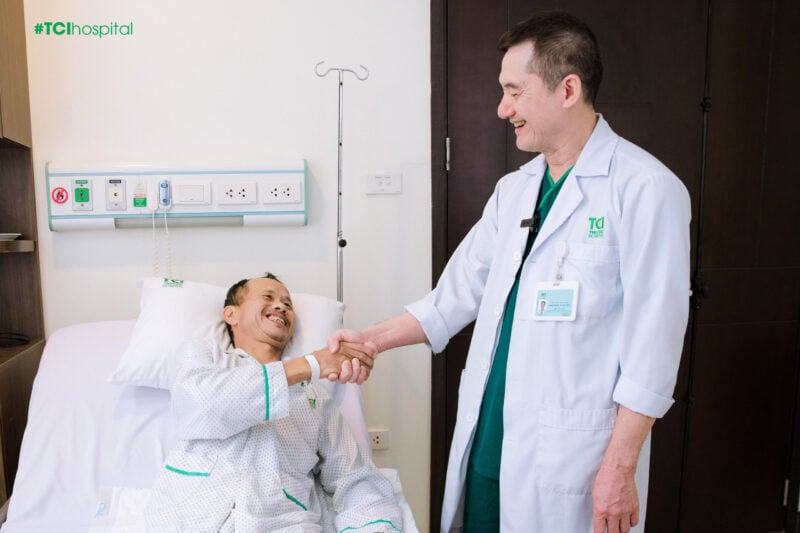
Source: https://benhvienthucuc.vn/phoi-hop-3-ky-thuat-hien-dai-dieu-tri-thanh-cong-soi-tiet-nieu-da-vi-tri/
X-ray shows stones in both kidneys and ureters (Photo: TCI).
Faced with the situation of dozens of stones blocking both kidneys and ureters, which can seriously affect the function of both kidneys of the patient, the team of Meritorious Physicians - Doctor CKII Pham Huy Huyen, Deputy Director of Thu Cuc International General Hospital has successfully applied an advanced treatment regimen, combining multiple high-tech endoscopic lithotripsy techniques, helping the patient avoid open surgery, preserving the urinary system. Comprehensive non-surgical treatment regimen for multi-site stones For complex multi-site stone cases, especially when the number of stones is large and there are coral stones, open surgery used to be a popular choice. However, this method has many potential limitations such as large scars, long recovery time, and high risk of complications. In Mr. P.'s case, removing all stones in both kidneys and ureters by open surgery may require at least two surgeries, potentially damaging the entire urinary system function. Faced with this challenge, the team of doctors carefully calculated and selected a combination of three modern endoscopic lithotripsy techniques suitable for each type of stone in different locations. "The procedure begins with treating stones in easily accessible locations first, then moving to more difficult areas, and finally large coral stones," said Dr. Pham Huy Huyen. On November 4, the team of doctors performed retrograde endoscopic lithotripsy, focusing on the lower third and middle third of the right ureter. This technique uses laser energy and an endoscope to precisely break up stones through the natural urinary tract, without surgery, limiting damage to healthy tissue. Next, on November 19, the team performed flexible endoscopic lithotripsy to treat stones in the upper third of the ureter and the right renal calyces - difficult-to-reach locations that previously required open surgery to separate the kidney and remove the stones.
Flexible, ultra-small endoscopic lithotripsy device (Photo: TCI).
The biggest challenge in this case was the large, solid coral stone. To treat this type of stone, the medical team performed two small-tunnel percutaneous lithotripsy procedures on December 3 and December 7. “The small-tunnel percutaneous lithotripsy technique is an important step forward in the treatment of large kidney stones, especially coral stones. This method allows access and removal of stones through a very small tunnel, minimizing damage to the patient, especially those with a tendency to form stones,” Dr. Huyen explained.
Coral gravel fragments obtained after 2 mini tunnel percutaneous lithotripsy interventions (Photo: TCI).
Closing the lithotripsy journey, although the technique is complex, it is very gentle on the body, all kidney and ureteral stones are thoroughly treated. After each intervention, the patient recovers quickly and can be discharged after 1-2 days. Opportunity to preserve kidney function in complex multi-site stone treatment “I was really surprised that I did not have to undergo open surgery as I initially imagined. The pain disappeared, and I was able to return to normal life after only a short time of treatment,” patient P. shared on the day of discharge.
The patient's health is stable and happy after the lithotripsy journey (Photo: TCI).
This success not only affirms the superior role of modern endoscopic lithotripsy techniques in the treatment of complex urinary stones, but also opens up many opportunities for patients to escape the fear of open surgery, while ensuring a quick recovery and minimizing dangerous complications.Source: Dan Tri Newspaper
Article link: https://dantri.com.vn/suc-khoe/phoi-hop-3-ky-thuat-hien-dai-dieu-tri-thanh-cong-soi-tiet-nieu-da-vi-tri-20241218153425354.htm| Thu Cuc TCI International General Hospital masters advanced kidney and urinary stone lithotripsy technologies, prioritizing treatment with minimally invasive solutions, preserving kidney function for patients. Currently, customers have the opportunity to receive discounts of up to 30% on lithotripsy costs with all methods. Details: https://benhvienthucuc.vn/tan-soi-cong-nghe-cao-danh-bay-soi-tiet-nieu/ Contact: 1900 55 88 92. |



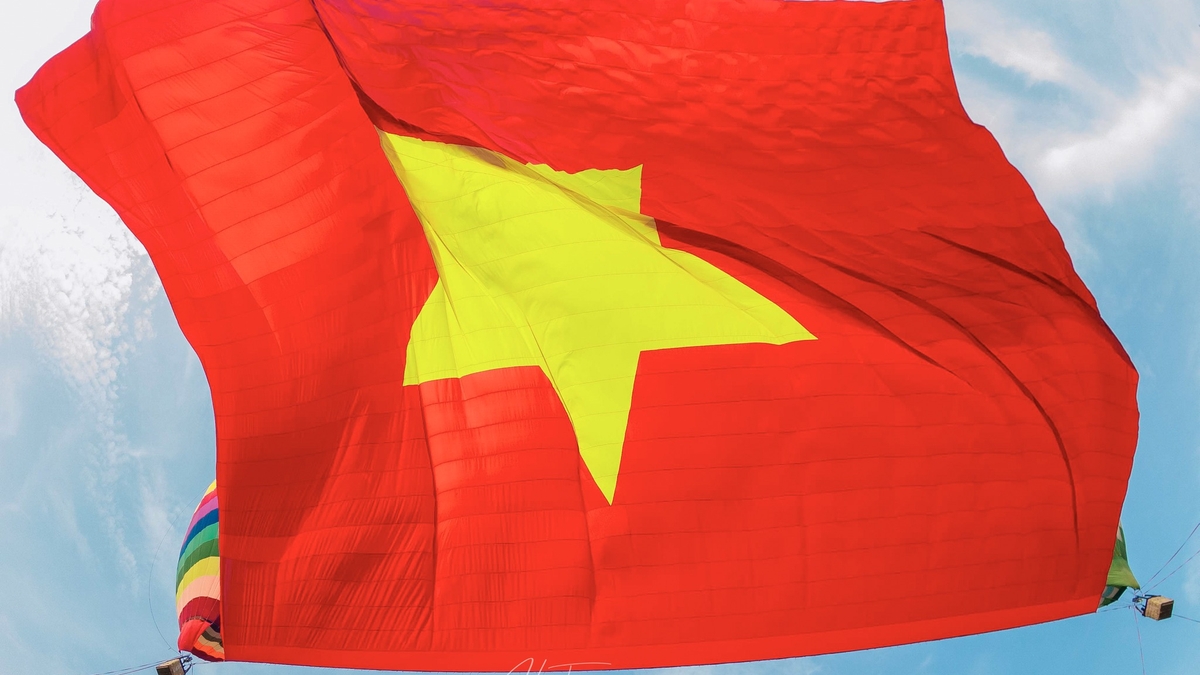


![[Photo] Prime Minister Pham Minh Chinh inspects the progress of the National Exhibition and Fair Center project](https://vphoto.vietnam.vn/thumb/1200x675/vietnam/resource/IMAGE/2025/5/19/35189ac8807140d897ad2b7d2583fbae)




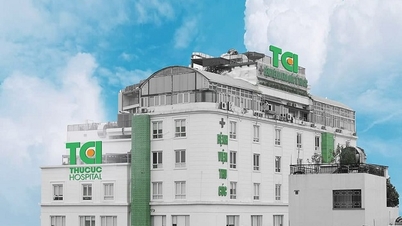

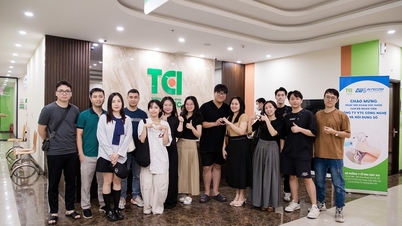
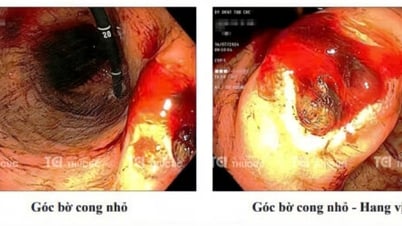



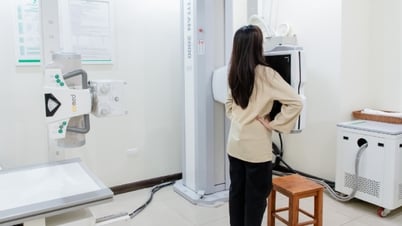









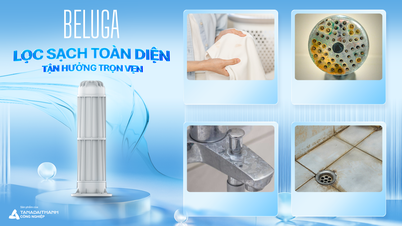


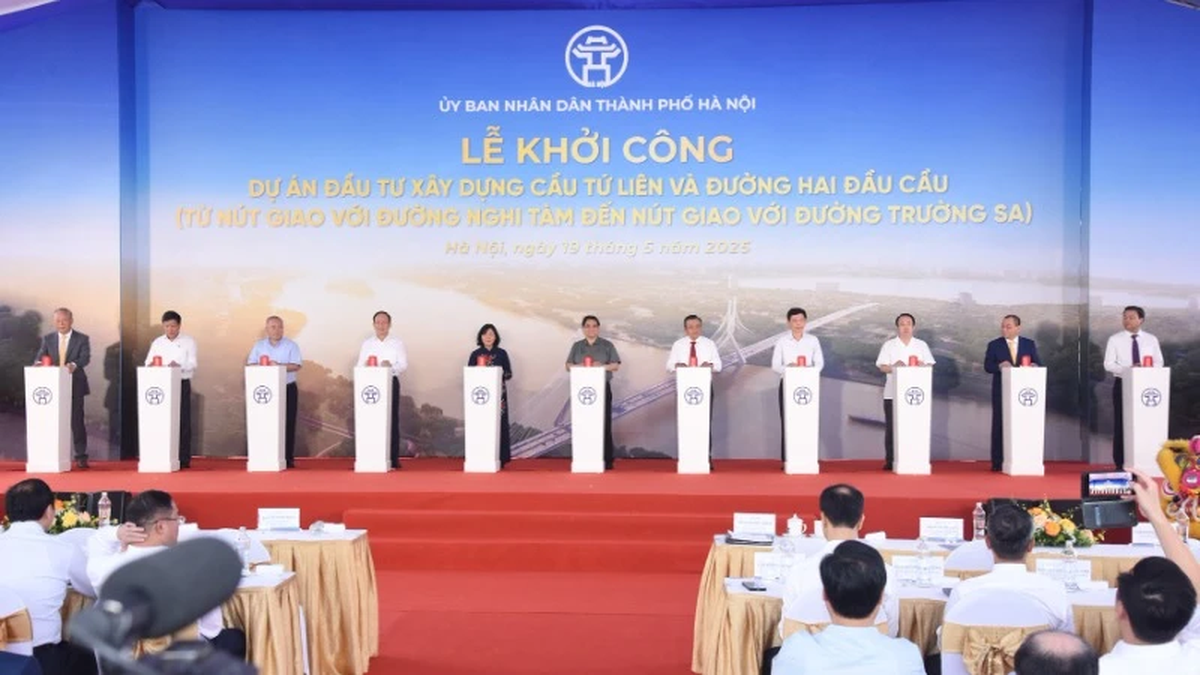







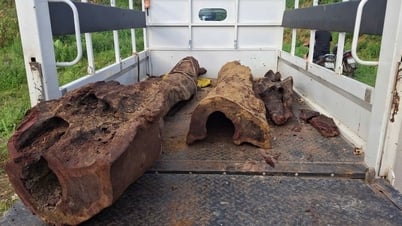

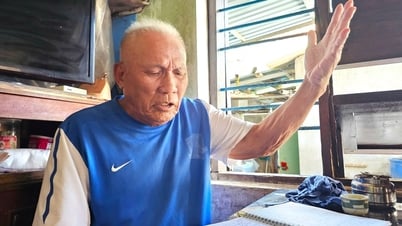





























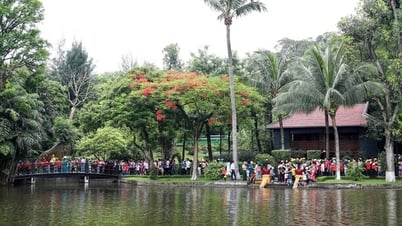









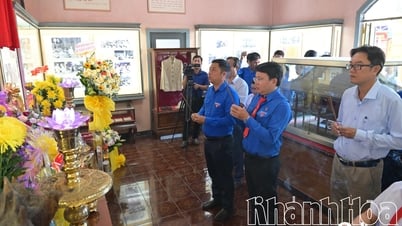







![[VIDEO] - Enhancing the value of Quang Nam OCOP products through trade connections](https://vphoto.vietnam.vn/thumb/402x226/vietnam/resource/IMAGE/2025/5/17/5be5b5fff1f14914986fad159097a677)







Comment (0)